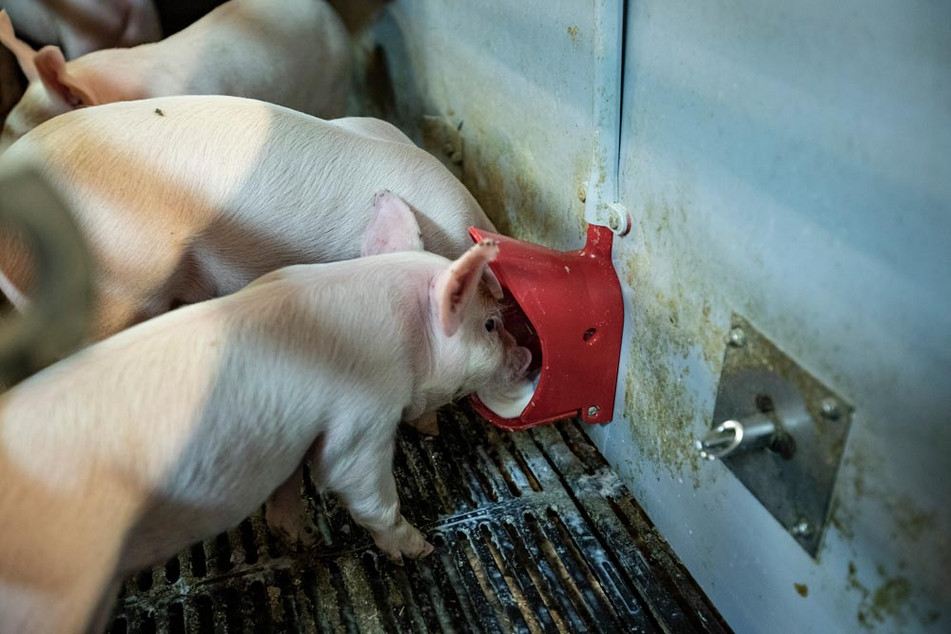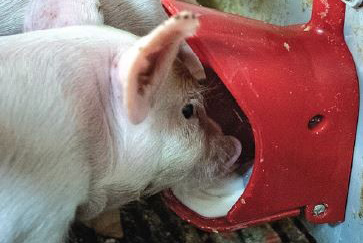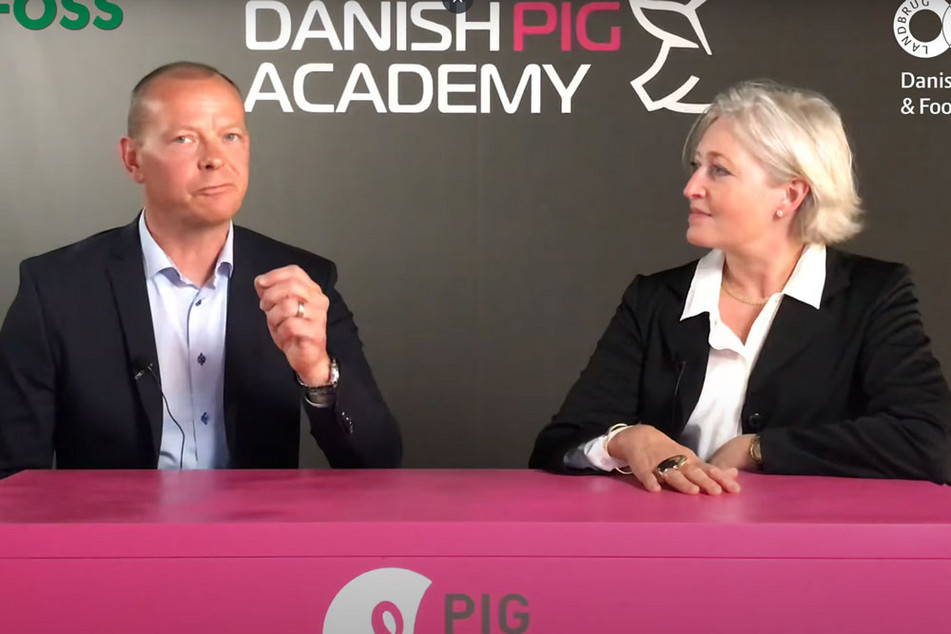Feed Additives:
Nutrispar is combination of several components, such as amino acids, herbal extracts, enzymes and vitamines, which is simply added to the feed. These additives affect the intestine and improve feed conversion. The special combination of vitamins also helps to promote the pig's health.
Young piglets have an immature gut that limits their ability to absorb nutrients. That is why Hamlet Protein developed HP 300 an enzymatically treated soy protein. It is being used worldwide in weaning feed for piglets because it is a practical solution backed by science that works. HP300 gives you more benefits, improved feed efficiency, improved weight gain and improved gut health.
Good genetics and especially Danish pig genetics increase the number of piglets in a litter. This is good, but not all piglets grow according to the plan and some have lower survival chances.

















